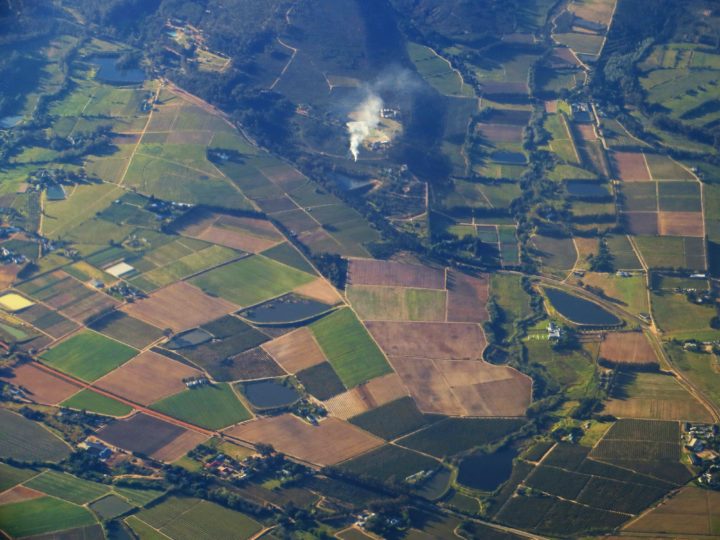The following contribution is from another author.
In a real estate deal, determining the proper price for your land is a crucial step. The fair market value represents the price agreed upon between a willing buyer and seller with reasonable knowledge of relevant facts.
The marketplace comparison technique is the most common approach used to appraise land. This method requires comprehensive, up-to-date information on several comparable properties that sold most recently.
Location
Your land will only be worth what someone is willing to pay. However, knowing the worth of comparable houses in the neighborhood might help you decide how much to ask for your property.
For starters, consider what makes your land unique. If it has a view, access, or resources unavailable in the surrounding area, this could increase its value considerably. In addition, consider any potential hazards that may affect the land’s value – for instance, if it is located in an area prone to flooding or mudslides, these risks can reduce its value.
Size
The value of your land is mainly dependent on its size. Larger lots are more desirable and tend to attract a broader range of buyers, including developers and investors.
It’s worth collecting data from a source regarding similar properties that have sold recently and using this information to calculate an average price per square meter in your area. This is a good starting point, but remember that extracting value from a piece of land is an art, not a science.
The marketplace comparison technique defines the fair market value of a property. It should reflect the current genuine sales prices that owners or sellers receive from prospective purchasers. This means you need accurate, thorough, and up-to-date information on a sufficient number of similar properties that have sold most recently—typically within the past two to six months.
Access
Finding a fair price for raw land can be challenging. Land values can fluctuate significantly in a changing market. To ensure that you are selling your property at the right price, working with an experienced real estate team is essential. This will help you avoid overpricing your land, making it spend longer on the market. One way to determine the fair price for your land is by collecting data regarding similar properties in your neighborhood and then comparing their sales prices. The more information you have available, the better.
Potential
Finding the right raw or vacant land price can take time, especially in a fluctuating market. The good news is some helpful tips can help you make the best decision for your property.
First, it is essential to understand what the land is capable of. Whether it can be used for building a home, office, or factory or whether it is in a development or agricultural zone and has legal authorizations.
Using the market comparison approach, you can determine FMV (Fair Market Value) for your property by collecting data about five to ten similar properties in your neighborhood. Make sure the properties are close in size, have similar characteristics, such as timber or water resources, and are within a reasonable distance of your plot.
Condition
Whether your land is raw farmland or an already-developed lot, its condition will play a massive role in how much it sells. Generally, fair market value (FMV) is determined by the amount an average, reasonable buyer would pay for a property under normal and pressure-free circumstances. However, you’ll need detailed information about a group of similar properties to collect data that will give you an accurate FMV for your land. You must collect information about the area’s five to ten comparable properties.
















